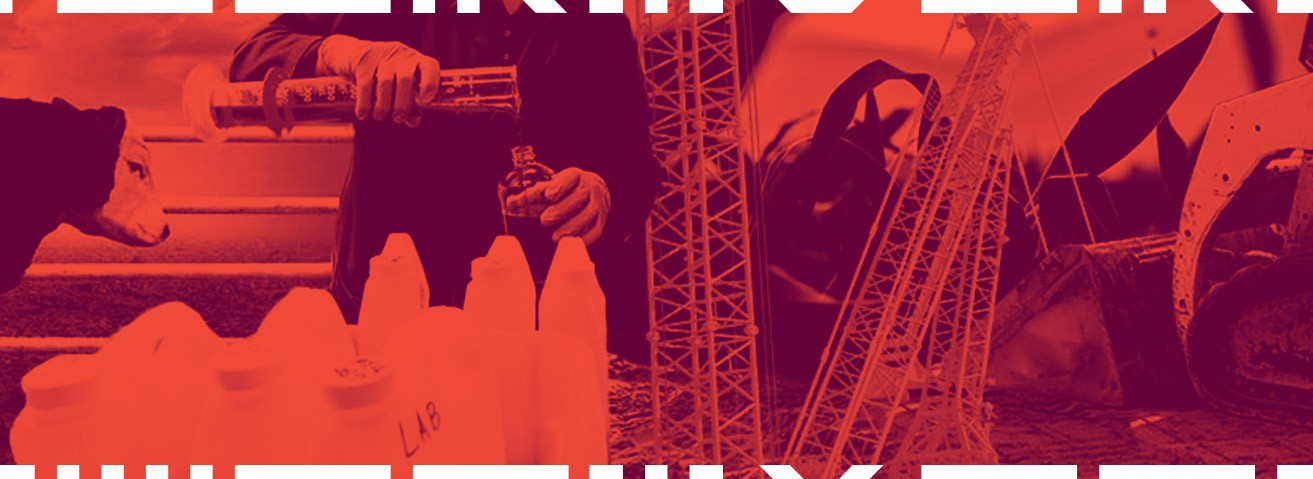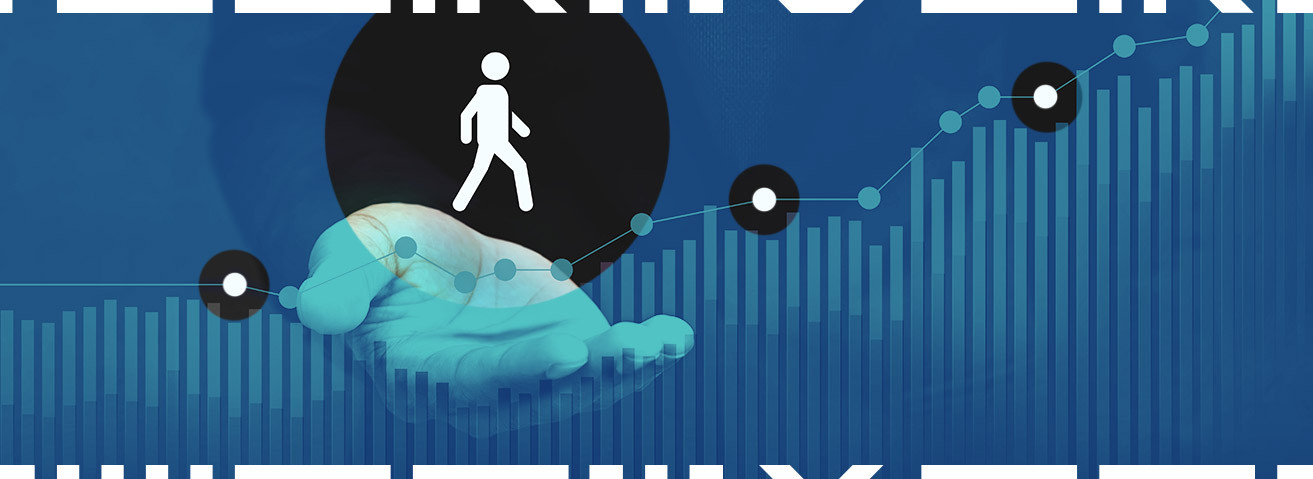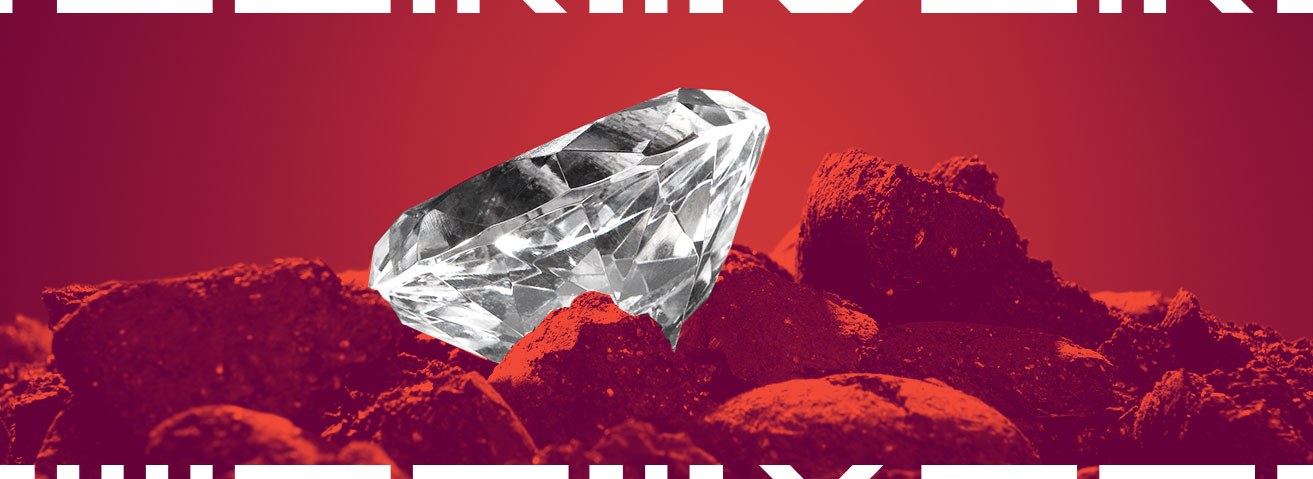Fundamentally different

B2B is a different animal. This is because of a few fundamental differences between B2B and B2C marketing. While many of the principles are the same, the strategies and tactics must shift to ensure success.
Generally speaking, B2B is more complex than B2C. The products and services, buyer journeys, distribution channels, number of people influencing a decision — all are often significantly more complex. That doesn’t mean success is more elusive or expensive than it is for our friends in the B2C world, but it does mean that you have to take a different approach to get there. While many of the same strategies and tactics are used in both B2B and B2C marketing, B2B applies them in different ways, leveraging different data and calls to action that reflect a more considered path to purchase.
This guide is designed to highlight those fundamental differences and help B2B marketers approach their specific challenges more strategically, creatively, and effectively.
Go big or go home

As a general rule, B2B transactions tend to be bigger, often running tens of thousands of dollars or more. There are certainly B2C products that also push into a five-figure range (jet skis!), but rarely does a B2C product or service push into the six- or seven-figure world. Obviously not all B2B transactions run into the stratosphere like that, but it’s not uncommon. And even when B2B products or services have a low unit cost, they’re often bought in such high quantities that it means someone is still writing a sizable check.
These large transactions mean that a lot more is on the line for both the purchaser and the seller. The trickle-down effect of that dynamic is that buyer journeys tend to be longer and more complicated, and more people will have influence over the decision — an average of seven in firms with 100–500 people according to Gartner Group. It also means that a customer’s decision is more nuanced because they aren’t just buying a product or service, they’re entering into a relationship that could last for years.
The average price of goods and services is typically far higher in B2B businesses than it is in B2C businesses. According to The Federal Reserve Payments Study (2016), the average B2B debit transaction was $31,118. In comparison, according to Federal Reserve Bank services, the average consumer debit card transaction was $44 in 2018.
This aspect of B2B marketing and sales also changes the emotional investment that customers make. While it doesn’t mean that snap decisions and impulse buys don’t happen, B2B customers will often form much deeper emotional connections to a brand. Don’t believe us? Try getting a farmer with a green tractor to drive a red one.
